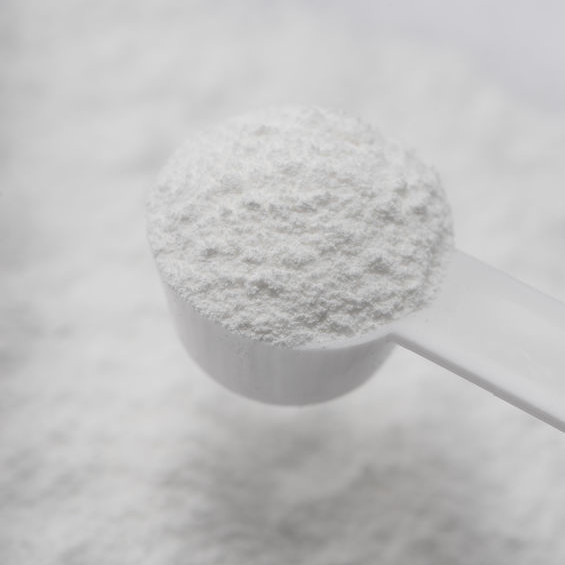
Maltodextrins
What is are Maltodextrins?
Maltodextrins are products of partial hydrolysis of starch. They are used as:
- Bulking agents
- Carriers for flavors
- Sweetness reducers
- ‘Gram by gram’ sugar/fat replacers
They are classified based on their dextrose equivalents (DE) which range from 3-20. The higher the DE, the more extensive is the hydrolysis and the shorter is the glucose chain.
Origin
The term ‘maltodextrin’ came into widespread use in the 1950s to describe an oligosaccharide of α-1,4-linked glucose and mixtures of maltose, maltotetraose, maltopentaose, and higher oligosaccharides. By 1957, the American Corn Industries Research Foundation provided a definition for maltodextrin which was followed by the issuance of the U.S. FDA regulations in 1983.
The first maltodextrin to be commercialized was acid-hydrolyzed corn starch produced by American Maize products company, Amaizo, in 1959. The use of amylases to hydrolyse starch for the production of maltodextrin was established in the 1960s.1
Function
They have the following functions:2
- They exhibit virtually no sweetness, and hence are used to give food ‘bodying effect’ resulting from their high viscosity.
- Low DE maltodextrins have binding properties akin to starch and can be effectively used as fat replacers.
- Low DE maltodextrins can be used to prevent formation of large, gritty crystals and hence improve the texture to a smooth, creamy mouthfeel.
- Bulking agents in powdered formulations.
- Low DE maltodextrins can be used as oil/fat replacers in a 1:3 maltodextrin to water ratio which forms a solution with 1 kcal g-1 calorific value. (maltodextrin substituted food provides a 4 kcal g-1)
- To increase solubility and nutritive content.
- To absorb fats/oils.
- To help dispersion.
Chemical Composition
The chemical composition of this ingredient depends on the botanical source of starch. Root starches have low protein and fat which makes it more suitable for hydrolysis and use as maltodextrins. Maltodextrins with high residual lipids can result in off flavors, turbidity, higher pasting temperatures and lower viscosity. High residual protein can lead to high foaming and mealy flavors. Commercial varieties contain 3-5% moisture.1
Commercial Production
Maltodextrins are made of corn starch in the U.S., while in Europe they are made out of wheat starch. Other sources include rice, potato, or tapioca. Production of this ingredient is accomplished through hydrolysis of starch using enzymes or acids. Acidic digestion of starch often leads to too much free glucose which retrogrades to form a hazy solution. Therefore, enzymatic treatment is the primary method used commercially.
A slurry of starch is heated in the presence of bacterial α- amylase at a neutral pH, followed by autoclaving and subsequent enzymatic treatment till the desired chain length (dextrose equivalent) is achieved.
A combination of acid and enzyme treatments can also be used to produce maltodextrins of soluble, low hygroscopicity and reduced haziness. Following hydrolysis, the pH is neutralized, and the solution is filtered to remove fiber, lipids and protein. The clarified solution is refined and concentrated, followed by spray drying to form a powder with 3-5% moisture content.2
Applications
Maltodextrins can be used for the following applications:2
- Non-flavored carrier/diluting agent for flavors or concentrated ingredients.
- In baked products such as cakes, muffins, cookies, cheesecakes to replace fats, with little to no loss of sensory attributes
- Low calorie dry mix for hot and cold beverages
- Used in low calorie margarine spreads
- Reducing meat flavors in soups and gravy mixes
- Reduced fat salad dressings
FDA Regulation
Maltodextrins derived from potato and rice starches are recognised as GRAS by the FDA (21 CFR 184). They can be used with no limitations with GMP according to 184.1(b)(1) provided they are of the purity expected for the respective application.
References
- Roller, S. “Starch-derived fat mimetics: maltodextrins.” Handbook of fat replacers,1996 99.
- Kennedy, J. F., C. J. Knill, and D. W. Taylor. “Maltodextrins.” Handbook of starch hydrolysis products and their derivatives, Springer, 1995. pp. 65-82

